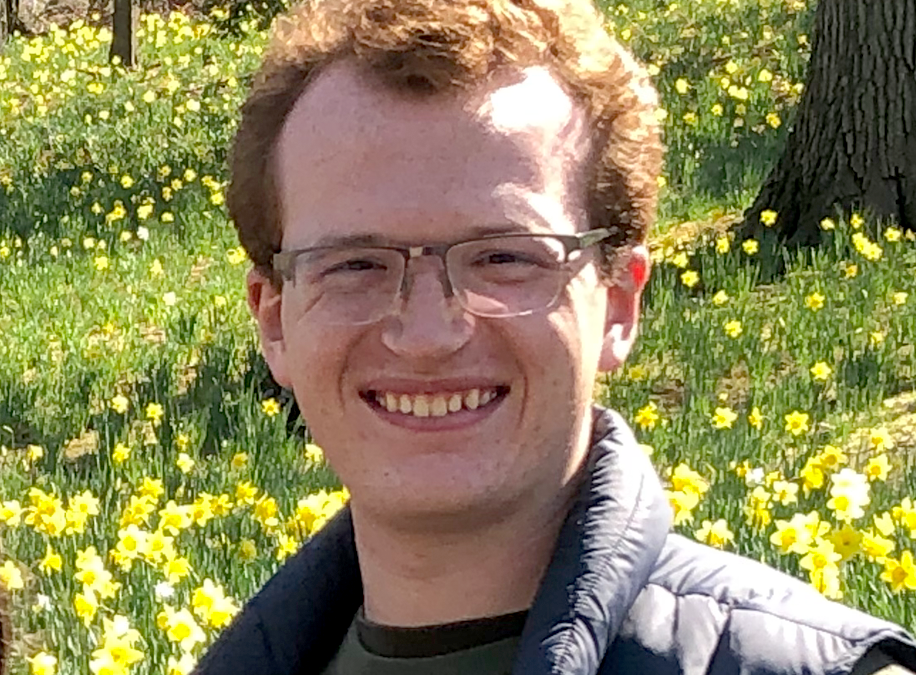Tom Vodrey, Opinion Editor–
Columbus and Central Ohio are experiencing growth like never before. Columbus has been growing quickly for the past several decades. As the city’s population approaches 1 million, there seems to be a new optimism about the future of the city and the region. Much of this can be attributed to the ongoing construction of Intel’s $20 billion semiconductor facility in New Albany, which will create one of the world’s largest facilities of its kind 15 miles northeast of downtown Columbus.
With all this predicted growth come plans to accommodate it. Perhaps the most consequential are preliminary plans for a third beltway enveloping Columbus to accommodate increased motor traffic. Groups like the New Albany Company have proposed and are currently lobbying for the construction of a semi-circular connector between I-71 and I-70 to the northeast of Columbus. The seriousness of these discussions became apparent when Licking County, through a technical error, accidentally released a map showing the proposed route for the miles of asphalt and concrete past Sunbury, Johnstown, Granville, and Pataskala.
Plans like these are presented as being for the benefit of growth, but they only present the opportunity for more of the same congestion, pollution, and sprawl that hurt our communities.
Consider a city like Houston, for example, where billions of dollars have been spent on endless miles of highway—including three beltways—and traffic has only gotten worse. By one analysis Houston’s workers are the most stressed in the country, in large part from their lengthy commutes.
The construction of beltways in Houston has encouraged the sprawl of residents over a metropolitan area now larger in land area than the states of New Hampshire or New Jersey. As residents have filled in each successive beltway, they’ve found themselves further from employment, services, and leisure. As a result, commute times and congestion there have become some of the worst in the country as more residents are forced to rely on driving to serve their basic needs.
How will Houston solve these problems once and for all? By constructing its 4th beltway, of course.
This doesn’t have to be the future of Columbus. Alternatives exist, but they’ve yet to be tried in Central Ohio. In many ways, the region is stuck in the thinking of the 1950s. While cities throughout the country have been tearing down highways to reconnect communities and reduce the financial burden on taxpayers, Columbus is pondering constructing even larger ones. While other cities have invested in their communities through public transportation to serve those who can’t or don’t want to drive, Columbus remains the largest city in America without any form of passenger rail.
These aren’t just niceties. These are the keys to a modern city that provides for its residents. Such a city ensures that residents in poverty don’t have to choose between getting to work and a prohibitive auto loan. It’s a city that provides dignity to residents with physical disabilities, who don’t even have the option of driving. This is a city which looks after the elderly, so they can give up their licenses as they age while still being able to get to their medical appointments on time.
What I find most striking about the plans for a new Columbus beltway is how unimaginative they are. They reflect leaders who are entirely satisfied with the way things are and don’t dare to imagine that we can do any better.
There needs to be a rethinking of our priorities for growth. Growth shouldn’t just mean more of what we have, it should mean more of something better. A $20 billion investment like Intel’s should be a once in a generation chance to improve Central Ohio, not merely magnify its faults. Yet planners and policymakers too often squander the opportunity to translate economic growth into improvement in communities.
So far the third outer belt remains only a plan. It’s the dream of planners and a nightmare for residents. As the process advances, community residents will get a say in what they want their future to be. Shall we remain shackled to the way things are, or will we build a new, brighter future?
Tom Vodrey ‘25 is a politics and public affairs major from Cleveland.

